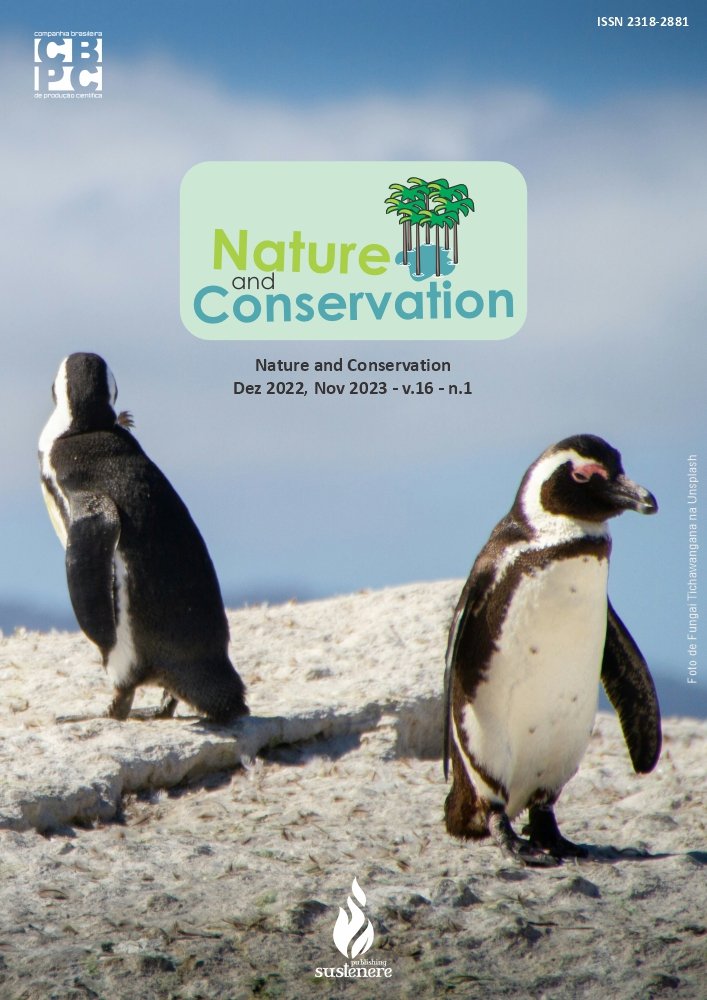Economic viability of yerba-mate in a rural property of Brazil/Paraguay border, Mato Grosso do Sul state
DOI:
https://doi.org/10.6008/CBPC2179-6858.2021.006.0043Keywords:
Ilex paraguariensis St. Hil, Production and Income Alternatives, Agroforestry Management, Small Farmers Municipality of Amambai, MSAbstract
In view of the natural economic potential and the still timid concentration of small and medium producers of yerba mate dispersed in the southern region of Mato Grosso do Sul, the present study aimed to analyze the economic viability of yerba mate exploration in a property located in this region. Through questionnaire and on-site visits, we considered an 8-ha sample property located in the municipality of Amambai-MS, on the border between Brazil and Paraguay, with current yerba mate management and production in 2 ha, comprising information since planting, first pruning (3.5 years) and second pruning (5.5 years), and estimated cash flow values for subsequent years. Data from the second pruning were obtained regarding the following variables: implementation costs, maintenance, equipment, labor, transportation and other factors relevant to the production and marketing of the final product. Economic analysis was based on the calculation of the Net Present Value (NPV) and Internal Rate of Return (IRR) related to results obtained by calculating effective operating costs (COE) declared by the owner, and costs required legally for the production size and management; values extracted were added to Total Operating Costs (COT). The economic viability analysis of investments was associated with cash flow, allowing to identify the respective resource outflows and inflows, which were discounted at a Minimum Attractiveness Rate (TMA) in comparison with the minimum remuneration of 20% p.a. expected by the owner. Results showed the economic viability of yerba mate for the researched rural enterprise, with percentages pointing to profitability (LL = 25.85%/yr and IRR = 21.61%/yr and TMA 20%/yr). However, once cultivation is considered an ex-post investment, that is, with relatively long return time and susceptible to several factors, both endogenous and exogenous, economic viability must be thought of as an alternative activity.
Downloads
Downloads
Published
Issue
Section
License
Copyright (c) 2021 Ibero-American Journal of Environmental Sciences

This work is licensed under a Creative Commons Attribution-NonCommercial-NoDerivatives 4.0 International License.
The CBPC - Companhia Brasileira de Produção Científica (Brazil CNPJ: 11.221.422/0001-03) the material rights of the published works. The rights relate to the publication of the work anywhere in the world, including rights to renewals, expansions and dissemination of the contribution, as well as other subsidiary rights. All electronically published works may subsequently be published in printed collections under the coordination of this company and / or its partners. The authors preserve the copyright, but are not allowed to publish the contribution in another medium, printed or digital, in Portuguese or in translation.









